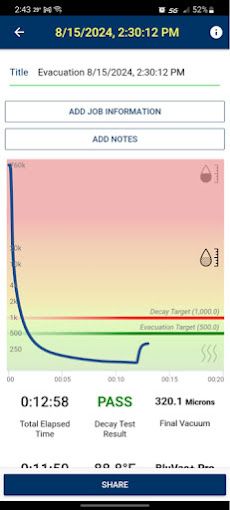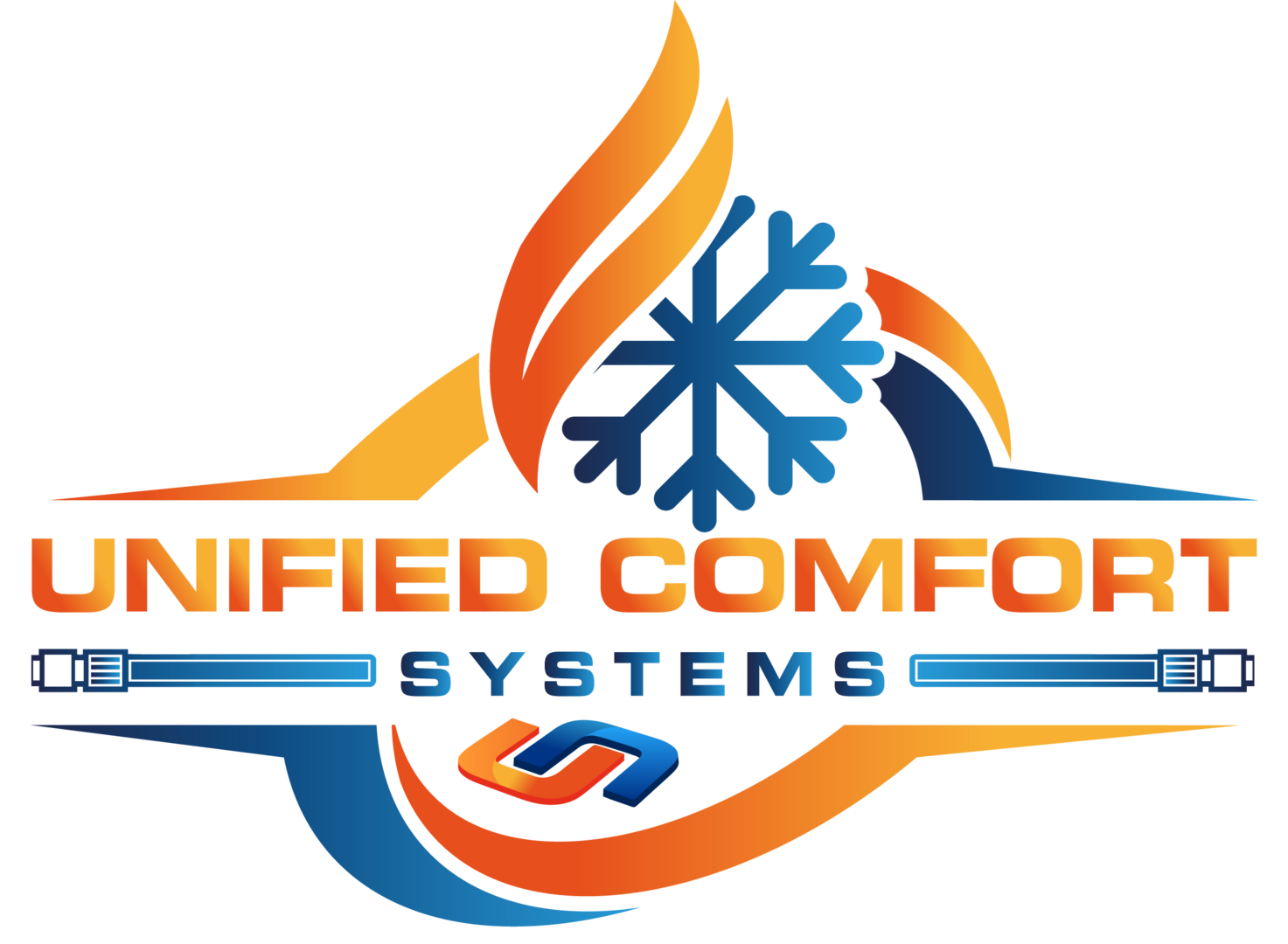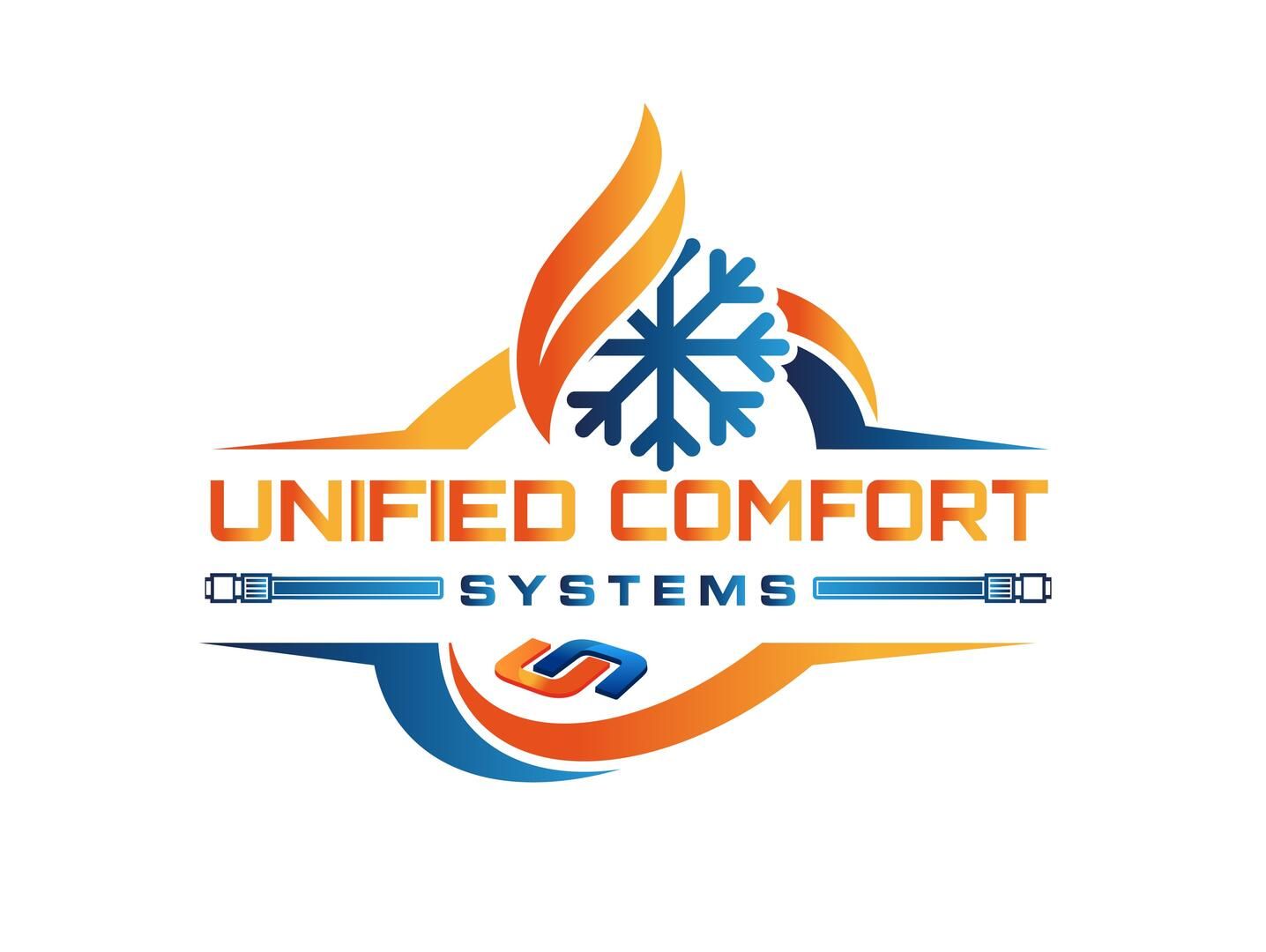Technological Advancements in HVAC
How the past 40+ years have shaped the HVAC industry today

40 years is a long time to learn and improve your technology! HVAC is no exception as manufacturers have pushed the limits of energy efficiency, 'smart' technology, integration, coolants, and user controls via the internet of things as well as Bluetooth connected applications.
The past 40+ years have seen millions of dollars in research poured into the HVAC industry, both by government grants and manufacturer research and development. Standards have been updated, minimum efficiency values increased, coolants changed, phases added, and the size of HVAC heating and cooling units has decreased dramatically over time – Just as modern computers have advanced from behemoth sized machines, HVAC systems have undergone significant size reductions from their bulky predecessors.
Energy Efficiency –
As technology advances, devices of any type tend to become smaller, more affordable, and more efficient. They can either use less energy for the same result or use the same amount of energy with a greater result. The HVAC industry is no exception, air conditioning and furnace units use to be bulky, expensive, and required near-constant maintenance – Think of a crew stoking a coal powered furnace, constant maintenance and a crew were needed just to maintain the heat and energy output.
As time progressed, the US Government placed minimum energy efficiency requirements on HVAC units. At first, around 1987 it was SEER (Seasonal Energy Efficiency Ratio) 10 for air conditioning units, in 2023 it was changed yet again to be a minimum of 14 SEER (or 13.4 SEER2) for northern states. Furnaces were given the minimum standard of 80% AFUE (Annual Fuel Utilization Efficiency) in 2015, but to be considered 'High Efficiency' they need to be rated at 90% AFUE. You can read more about HVAC Terms like AFUE here in our Guide to HVAC Terms.
Smart Technology –
A new player in the game, 'Smart' Appliances are web connected (via the Internet of Things) and increasingly have phone applications so that owners can control their HVAC heating and cooling systems while away from home, or let the system handle everything automatically! This industry took off around 2010, but had been ramping up for the past decade. Sensors inside of air conditioning units and furnaces analyze and send data to consumers, who can either make adjustments or let the system perform automatically.
Connecting these systems to the internet also allows for total integration with other 'smart' appliances, such as thermostats, allowing for temperature zoning in various parts of the home or office.
Commercial applications use smart technologies for their HVAC, allowing for remote monitoring and Building Management Systems which optimize indoor temperatures based on how many people are present, time of day, and conditions outside.
HVAC Integration –
This plays a bit into Smart Technologies, as HVAC systems are increasingly able to connect and communicate with other various Internet of Things devices. For example, an HVAC integrated with a home security system, or building management system can determine if people are in the home or office, and adjust the temperatures to save money on energy bills. If you come home or enter the office at nearly the same time everyday, your smart system can even learn those patterns of behavior and apply your settings without your input! These HVAC integrations adjust performance based on a variety of factors, all designed with superior comfort and energy savings baked in.
Government Regulations and updated standards –
Since the 1970's the US Government has had an interest in HVAC systems efficiency, performance, and components. The energy crisis of the 70s, when suddenly less fuel was being imported than was being used, sparked the federal government's interests in energy consumption – Leading to the first round of national standards of energy use for appliances. By 1992 the federal government had established the Energy Star Program, which breaks down the energy usage of appliances into a sort of 'nutrition label' that is easily understood by someone with zero training in the HVAC industry. It gives an estimated cost per year and estimated savings per year over other units.
The Government continually updates these guidelines as more information on new tech becomes available, for example, in 1994, Freon was linked to ozone destruction, and new air conditioner coolants were created and adopted, which either increased performance or kept performance at its current level, with the added bonus of being less destructive to the environment.
Coolants aka Refrigerants –
In the modern world, Freon, as the trademarked name, or R12, is kind of the OG when it comes to Air Conditioner coolants, its been around since the 1920s. It was not toxic to humans, or flammable, but it was found to be harmful to the ozone layer and was banned in many countries by the late 1990s. While the brand Freon is still used, the chemical composition has been dramatically changed. This ban began an international effort to find more environmentally acceptable coolants, and the US Government, along with manufacturing companies, spent millions of dollars in research, and grants, to produce a better performing coolant - One that was not detrimental to our environment, not extremely flammable, and not toxic to humans, preferably all three.
Moving into the near present, over the past 25 years, the main refrigerant has been R410a. But this has also begun to be phased out. In 2021 the EPA signed the final rules for phasing out of HFC (Hydroflurocarbon) refrigerants by 85% over 15 years, to be replaced with the modern A2Ls.
A2L's are low toxicity, lower flammability, and have a lower Global Warming Potential (GWP) and Ozone Depletion Potential (ODP) than its predecessors making them an excellent choice for the time being. States in the US are adopting new building codes to use A2Ls and 2024 saw broad adoption of this refrigerant.
Air Quality Control –
The HVAC Industry has greatly advanced indoor air quality and has set a strong emphasis on continually improving the air that we breathe while inside. Filter technology has increased to the point where HEPA (High Efficiency Particulate Air) filters can trap up to 99.7% of airborne particles, some mere microns wide. Carbon filters absorb and block odors, gases, chemicals, and volatile organic compounds (VoCs). Some filters use a combination of a traditional air filter of fiberglass, Carbon to absorb smells and gasses, and finally a HEPA to block the smallest particulates, to get the best of all three.
Air Filters are rated in MERV (Minimum Efficiency Reporting Value), ratings which vary from 1 to 20. Each stage represents the ability to trap smaller and smaller particles, bacteria, virus', and gasses. A range of 9 to 12 is considered “Superior” for a residential space, and “Better” for a commercial space. On the low end of the scale, between 1 and 4 are window air conditioner units, and on the high end of 17 to 20 are Cleanrooms and Pharmaceutical operations where the smallest contaminant can ruin an entire run or batch.
What's next?? –
The HVAC Industry and Federal Government will continue to improve on energy efficiency, unit size, performance, coolants, and improved heat exchange systems. Multistage heating and cooling is already here, which can be thought of as a 'high' and 'low' setting. When minor temperature variations occur, the furnace or AC can perform in low power mode to gently adjust your settings. These models sacrifice no power and when in high power mode can greatly sway temperatures when needed.
Further integration is assured, as entire 'smart cities' are in planning, these HVAC systems will be built into sustainable city planning to reduce emissions, convert to solar or geothermal power, and decrease our footprint on the Earth. Its an entire world of possibilities!!
Unified Comfort Systems offers the latest in HVAC technologies, the most energy saving models, as well as budget minded products to keep everyone cozy. Schedule HVAC maintenance, repairs, and only when needed, a replacement unit, call (330) 952-4822. We have deals for Seniors, First Responders, Veterans and Active Duty Service Members, as well as special rebates and open box discounts! You can also use the Blue Booking Buttons found below and across our website at www.unifiedcomfortsystems.com.
Let's connect! We’re here to help.
Send us a message and we’ll be in touch.
Or give us a call today at 330-952-4822

